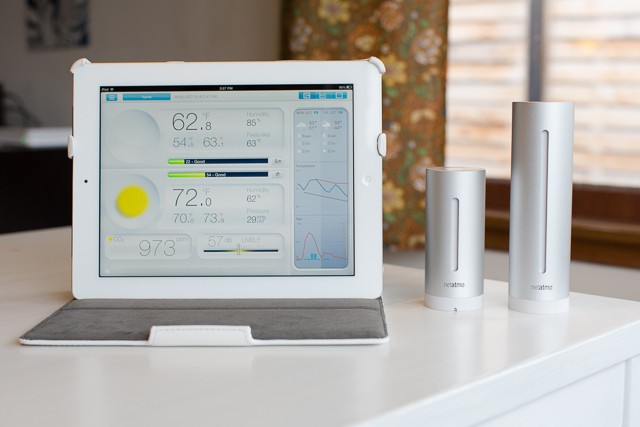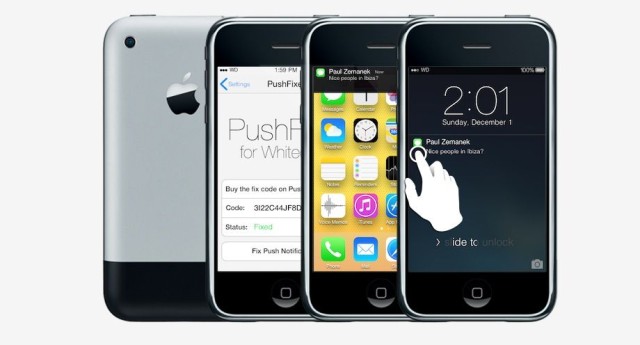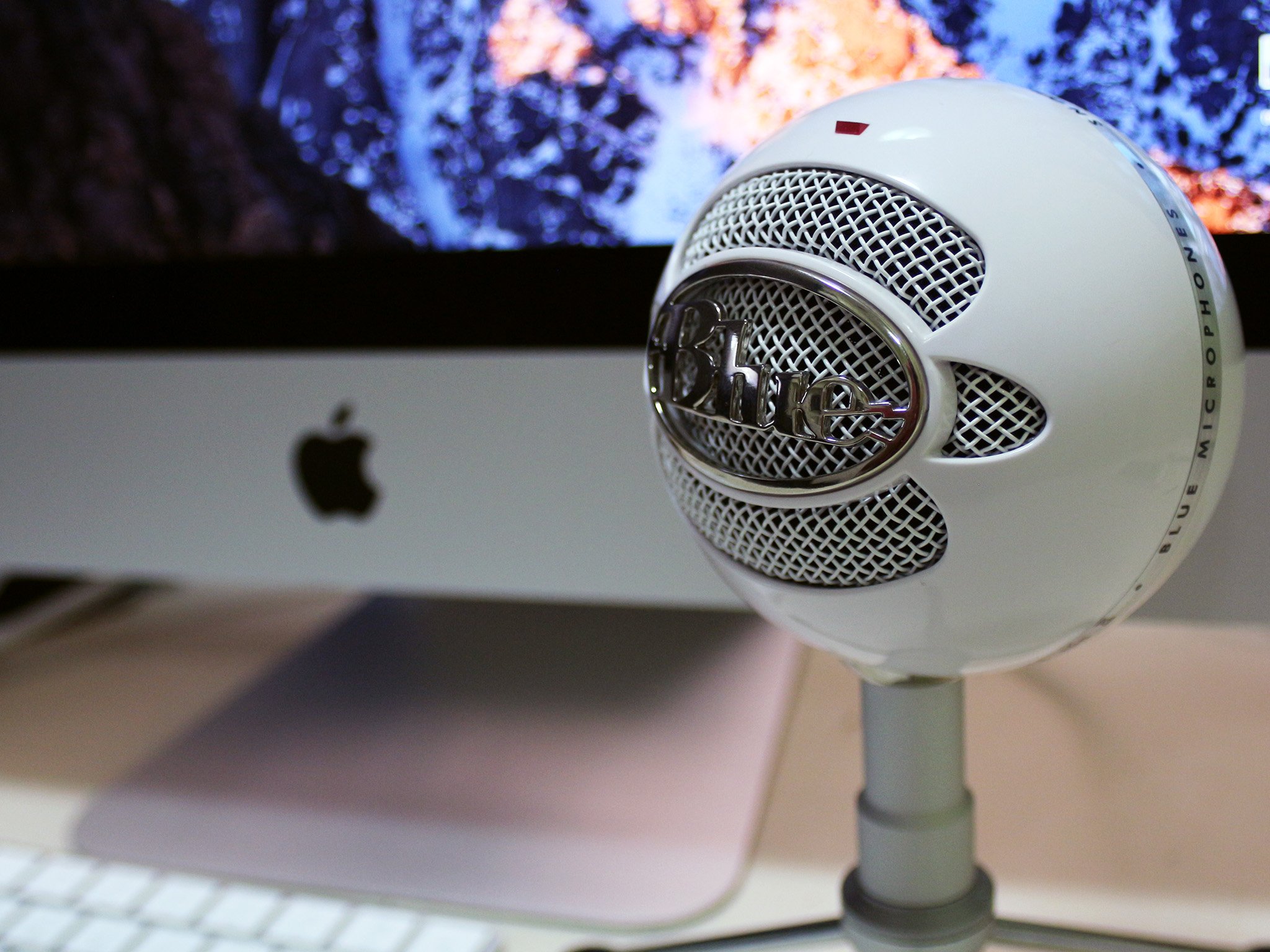- Usb Devices Formatted To Fat32
- Usb Pnp Sound Device For Mac
- Usb Device For Mac Osx
- Usb Device For Macbook
- Usb Device For Mouse
Check the Connection. Like we mentioned above, it is likely that the Mac is not the problem at all but.
Here is the answer to how do i get my computer to recognize a USB device. Try the offered troubleshooting steps if your USB drive is not detected, recognized or showing up while plugging in.

'I have an 8 GB Transcend flash drive. When I plug it in my laptop for data transfer, it is not even detected and I can not see it in My Computer. Why did this happen and is there any fix that I can try to get the USB device recognized?'
Five Steps to Get USB Recognized
- Restart your computer. Sometimes you get lucky, and the easiest solution ends up fixing the biggest.
- Check if the USB device is recognized on another laptop. If it is still not detected, it suggests that the.
Have you ever run into a similar USB device not recognized issue? The symptoms of the problem vary in different situations. You may
- Receive a USB device malfunctioned error in the lower right corner with 'The last USB device you connected to this computer malfunctioned, and Windows does not recognize it.' error message.
- See unknown USB device (device descriptor request failed) error in device manager.
- Get no error message but just find the USB drive not showing up in my Computer.
1 - Check If the USB Device is Recognized on Another Laptop.
If it is still not detected, it suggests that the USB device might be corrupted. Then you will need to check and repair disk errors.
If it is detected, move to the next step to check and fix the problem.
2 - Run Device Troubleshooter.
1) Go to Start > Control Panel > search 'troubleshooter' and then click 'Troubleshooting' > Hardware and Sound > Configure a Device.
2) Follow on-screen instruction, and click on Apply this fix if any problem is found.
This helps if USB device not recognized happens because of Windows miss other important updates hardware or due to software issues. If it doesn't work, move to step 3.
3 - Uninstall and re-install USB controllers
1) Open Device Manager.
2) Expand Universal Serial Bus controllers. Right-click a device and select Uninstall. Repeat for each device.
3) Restart your PC and your USB controllers will automatically re-installed.
Your computer will then recognize the USB device if the issue occurred because the currently loaded USB driver has become unstable or corrupted. And if the problem still exists, proceed to step 4.
4 - Disable USB selective suspend setting.
1) Click Start button, type power plan in the Search box, and then select Choose a power plan.
2) Next to your currently selected plan, select Change Plan Settings.
3) Select Change advanced power settings.
4) Select the box to expand USB Settings > USB selective suspend settings.
5) Select Plugged in, select the drop-down menu, and then select disabled.
6) If you're using a laptop, select Battery, select the drop-down menu, and then select disabled.
7) Select Apply > OK.
This method can help your computer recognize a USB device by preventing your USB external drive from powering down.
5 - Recover data and reformat the USB drive to make it recognized
These are all the troubleshooting steps that you can try to make your computer recognize a USB device. If none of them resolve your issue, our advice is to try EaseUS data recovery software to recover your data and then format the USB drive for repair.
Usb Devices Formatted To Fat32
Step 1. Run USB data recovery software.
Connect the USB flash drive to your computer and launch EaseUS USB data recovery software on your PC. Select your USB drive which marks as a removable disk, and click 'Scan' to start finding your lost files.
Step 2. Scan all lost files from USB.


EaseUS Data Recovery Wizard will thoroughly scan your USB flash drive and find all your lost data on it. After the scanning process, use the Filter feature to filter a specific file type. You can check and preview found USB files in this program.
Step 3. Restore all lost files from USB.
A double-click will allow you to preview the file results. Choose the target files and click 'Recover' to save them to a secure location on your PC or other external storage devices.
Before we get into the software fixes, let’s start with the simplest solution of all: restarting your Mac. Switch the Mac off and back on again. You’ll be surprised at how many problems a quick restart solves.
Next, check the USB device. There’s a chance that it could have failed, particularly so if you’re using a cheaper cable. Inspect the device visually, looking for damage to the connector and any signs of frayed wiring. If there is no apparent damage, take two different USB devices and test them against different ports. If the devices aren’t working on one or all of the ports it’s more likely to be an issue with your Mac and not the device.
A USB device that works on one port but not another is a sign of a faulty port. If this is the case, the only real solution is to contact an authorized Mac specialist for a hardware diagnostics test and have the port repaired.
If the device doesn’t work in any of your ports, then continue reading for some potential fixes.
What to do if Mac USB devices are not working
All of your Mac or MacBook USBs not working is actually better news than one failing. It’s unlikely that all of your ports would fail at once which means the fix is probably an easy one.
Here are three things to try, starting with the most common fix.
1. Reset the SMC
Resetting the SMC (System Management Controller) is a simple fix that cures a wide range of hardware issues. How this is done depends on whether you’re using a MacBook or Mac desktop.
Resetting the SMC on a MacBook
- Shutdown your MacBook.
- Connect the power adapter.
- Hold Shift+Control+Option and the Power button at the same time.
- Release all the keys at the same time.
- Let your MacBook boot up as usual and the SMC will be reset.
Resetting the SMC on an iMac, Mac mini, or Mac Pro
Usb Pnp Sound Device For Mac
- Shut down your Mac.
- Disconnect the power cord.
- Press and hold the Power button for 5 seconds and release.
- Reconnect the power cord and switch the Mac back on.
Usb Device For Mac Osx
2. Check for updates
Outdated firmware and software results in various hardware issues, including... Yep — Mac USB ports not working.
Check for system updates by opening the App Store and clicking on the Updates tab. If updates are available, click on the Update button next to each application that you want to install.
3. Reset PRAM/NVRAM
The PRAM (Parameter RAM) and NVRAM (Non-Volatile RAM) hold information about various USB components. Resetting them could be the solution to your USB woes.
It’s a slightly different process to resetting the SMC, but no less difficult.
Usb Device For Macbook
- Shutdown your Mac.
- Restart it, holding down Command+Option (ALT)+P+R as you do.
- Hold down the keys until you hear a sound and see the screen flash.
- Listen for the chime sound and let the Mac boot up as usual.
4. Uninstall potentially conflicting apps
If the USB ports not working on your MacBook Pro or iMac is a recent issue and there doesn’t seem to be any problem with USB devices, it could be that an app is conflicting with USB functionality. If you’ve downloaded an app from an unknown source there is the potential for it to contain malware, which could also be the cause of the problem.
In any case, it’s worth uninstalling recently downloaded and installed apps. If they aren't the reason for the USB ports acting up, you can easily reinstall them from the App Store.
One way to remove apps is to use Launchpad or Finder. Or you can use a quicker, more effective method: CleanMyMac X.
To completely remove an app and every file associated with that app, use CleanMyMac.
CleanMyMac’s Uninstaller tool scans your entire system for every trace of an app and completely removes it. Using the tool is every bit as easy as deleting an app manually.
- Download and launch CleanMyMac (free download).
- Click on Uninstaller from the sidebar menu.
- Select the app that you want to remove from the list.
- Click Complete Removal in the Smart Selector panel.
- Hit Uninstall.
While CleanMyMac lets you uninstall apps in bulk, in this case, you should delete apps one at a time until you find the culprit. CleanMyMac also lets you clean up unwanted junk, declutter your Mac and improve performance.
One way to uninstall apps manually is by using the Launchpad:
- Open the Launchpad.
- Find the app that you want to remove and click and hold the icon until it starts to jiggle.
- Click on the X that appears in the corner of the app, then click Delete.
You can also uninstall apps from the Finder:
- Open the Finder and go to Applications.
- Find the app that you want to remove and drag its icon to the Trash (you might need to enter your admin credentials to confirm you want to delete the app).
- Click on the Trash icon and select Empty Trash.
Usb Device For Mouse
Having one or more USB ports not working on your Mac can be hugely frustrating, especially if you rely on those ports for data backup and external peripherals. That said, USB problems are quite rare and are usually easy to fix. Work your way through these troubleshooting tips until you find the one that works and restore your Mac to its full glory.
These might also interest you:
